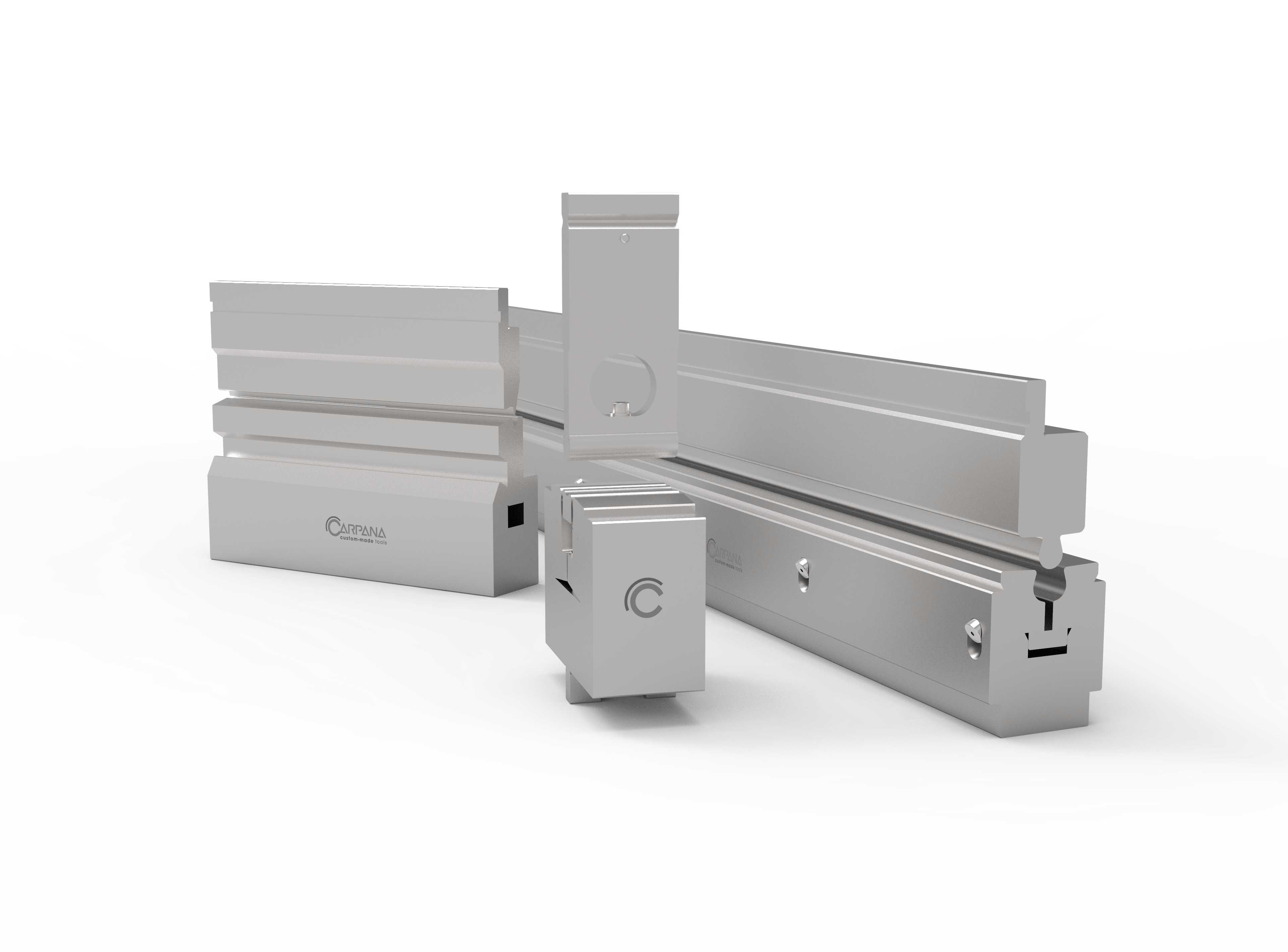Induction hardening
It represents our strength point; most of our tools are induction hardened and they reach up to 58-60HRc hardness.
The greatest advantage of induction hardening is the fact that only a specific area of tool is hardened, usually the area entering in contact with sheet metal. This area is very resistant to deformation and to wear, whereas the rest of the tool body keeps its original mechanical properties.
Induction hardening depth is variable, from 1.5mm to 6mm according to the dimensions and features of the hardened surfaces.











